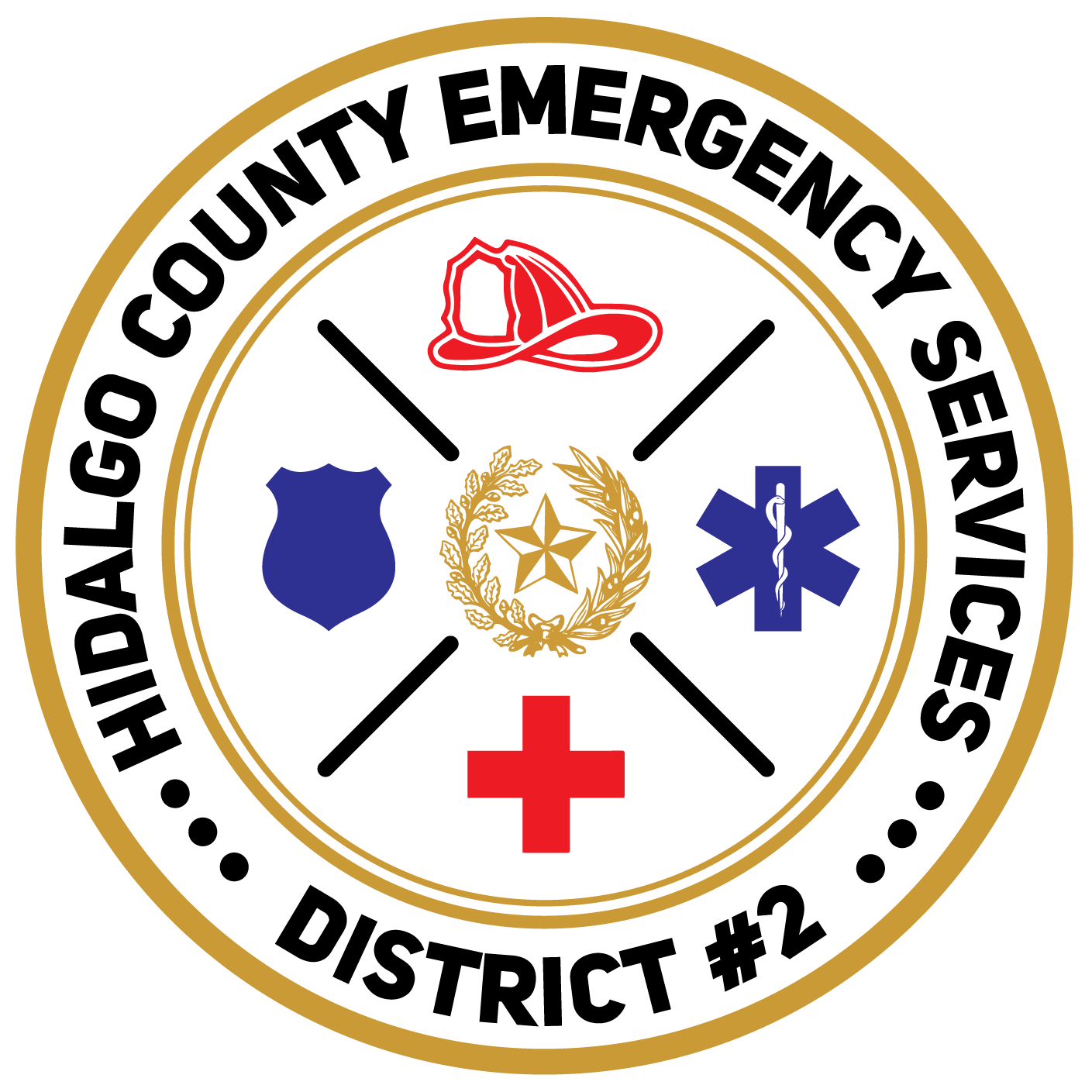Is Your Community Ready for an Emergency? The Importance of Disaster Preparedness
- HCESD #2

- Mar 18
- 5 min read
Emergencies can strike at any time, from hurricanes and floods to fires and hazardous material incidents. Being prepared can mean the difference between safety and catastrophe. HCESD 2 is committed to helping the Delta Area stay informed and ready for any emergency.
Disaster preparedness is more than just a good idea; it's an essential part of community resilience. When unexpected events occur, having a plan can protect you and your loved ones. This post will explore why disaster preparedness matters and provide practical steps to help you and your community get ready for an emergency.
Understanding the Risks
Before we can effectively prepare for emergencies, we must understand the risks involved. Each community faces unique threats based on geography, climate, and infrastructure.
For instance, coastal communities often experience hurricanes. In 2020, the Atlantic hurricane season recorded a total of 30 named storms, breaking previous records. In contrast, regions near rivers may be prone to flooding—more than 14 million Americans live in flood-prone areas. Urban environments can have risks related to fires or hazardous material incidents, while rural areas may face the threat of wildfires, which burned more than 10 million acres in the U.S. in 2020.
To prepare effectively, assess the specific risks in your community. Understand local hazards and make a plan that addresses these potential emergencies. Awareness is the first step towards taking action.
The Importance of Communication
During an emergency, effective communication is vital for ensuring residents' safety and well-being. Knowing who to contact and how to receive updates can provide peace of mind when circumstances are dire.
Creating a family communication plan is essential. This should include emergency contact information and designated meeting places. In a survey, 60% of families reported not having such plans, yet those with them felt more secure. Additionally, consider joining community alert systems and engaging with local emergency services to receive timely updates and critical information during crises.
Essential Emergency Supplies
Stocking up on essential supplies can make a significant difference in emergencies. The Federal Emergency Management Agency (FEMA) recommends creating a disaster supply kit. It should include at least a three-day supply of food and water, along with essential items such as medications, a flashlight, extra batteries, and sanitation supplies.
Also, consider including:
Important documents in a waterproof container.
A first aid kit tailored to your family's needs.
Regularly checking and refreshing your kit is important—research shows that 63% of households do not have adequate emergency supplies. Ensure you replace expired items and adjust the contents based on any changes in your family's needs.

Preparing Your Home
In addition to gathering supplies, making your home safer can significantly enhance your family's protection during emergencies. Key actions include:
Safety inspections: Conduct regular checks for hazards like faulty wiring or gas leaks. According to the National Fire Protection Association, faulty wiring is a leading cause of house fires.
Secure heavy items: Anchor heavy furniture and appliances to prevent tipping during an earthquake or drastic weather events.
Fire prevention measures: Install smoke detectors and carbon monoxide detectors, checking their battery life at least twice a year.
Create a safe space: Designate a room in your home as a safety area, away from windows, where your family can gather during emergencies.
Taking these steps can create a protective environment for your loved ones.
Community Involvement
Disaster preparedness is a collective responsibility. It involves the entire community working together. Engage with local organizations, participate in training programs, and attend community preparedness events to support your home safety plan and expand your network.
Consider volunteering with local emergency services or organizations focused on preparedness. According to the Red Cross, communities that work together during crises can respond more efficiently. By sharing resources and developing response plans, everyone in the community can benefit.
The Role of Education
Education is vital for effective disaster preparedness. The right knowledge equips individuals to respond calmly and effectively when emergencies arise.
Seek out the following educational opportunities:
Training sessions: Join local workshops focused on first aid, CPR, and disaster response. Surveys show that only 15% of people feel prepared to act in emergencies, highlighting the need for training.
Prepare the next generation: Work with schools to create educational programs that teach children how to act during emergencies. Programs that include hands-on activities can lead to more engaged learners.
Community drills: Regular emergency drills allow residents to practice their plans, increasing awareness and readiness.
By fostering a culture of learning, you can ensure that residents are well-equipped to handle emergencies.
The Psychological Impact of Preparedness
Preparedness has psychological benefits too. Knowing that you and your loved ones are ready for emergencies can significantly reduce stress and enhance feelings of security.
Unexpected events often lead to increased anxiety about safety. Engaging in preparedness efforts creates a sense of agency and control. Additionally, consider mental health resources and support systems available in your community. If anxiety or feelings of overwhelm arise, it’s important to seek help.
Empowering Yourself and Others
At the core of disaster preparedness is empowerment. The ability to take action—both for yourself and for your neighbors—strengthens resilience during emergencies.
By raising awareness and sharing resources, you contribute to a more prepared community. Host workshops, discussions, or community events to focus on disaster preparedness and empower those around you.
When communities work together on preparedness, they enhance their collective resilience and improve their overall readiness.
The Value of Partnerships
Building relationships with local emergency management agencies and organizations is critical for disaster preparedness. Establishing strong partnerships with professionals allows access to resources, training, and essential updates during emergencies.
Stay connected with organizations like HCESD 2, which offer vital support to communities. Engaging with local first responders establishes trust and fosters collaboration for effective emergency responses.
Strengthening these relationships enhances your preparedness efforts as well as those of your community, ensuring everyone is ready for potential challenges.
Final Thoughts
Disaster preparedness is a vital part of community safety. By proactively preparing, individuals and communities can face challenges with resilience and confidence.
Assess risks, communicate effectively, gather supplies, and engage with your community. Remember, preparedness is a shared responsibility. By taking action to empower yourself and others, you promote a culture of readiness that benefits your family and your entire community.
Trust HCESD 2 to be there when you need them most—after all, safety is our collective responsibility.

Being prepared is about reshaping how communities respond to emergencies. Every effort today can lead to significant improvements in how we face challenges tomorrow.
Take that first step toward preparedness today. Together, we can build a resilient community ready to weather any storm.








Comments